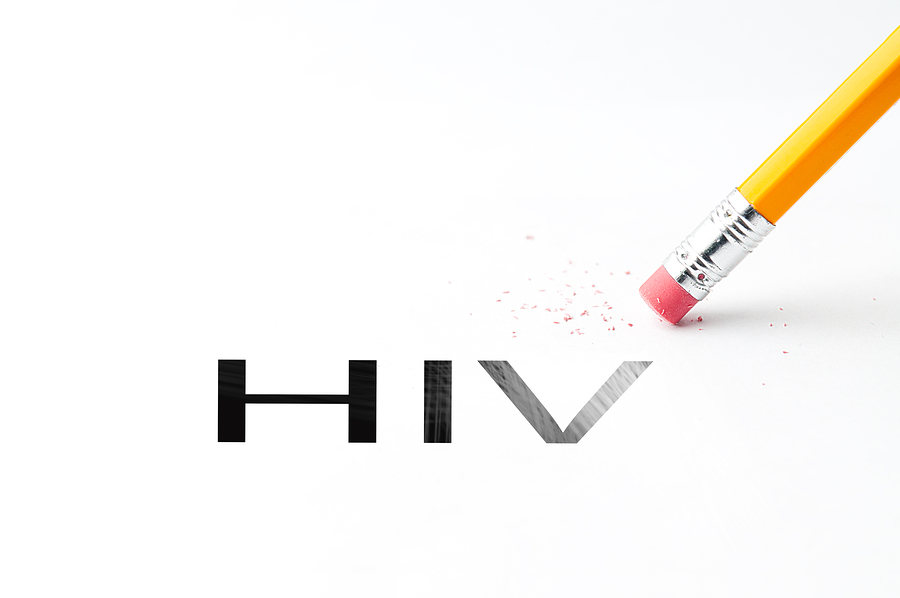- Make It Yourself Lavender Heart-Shaped Bath Bombs!
- 20 Things You Never Knew About “Down There”
- 12 Best Foods For Those Suffering From Arthritis Pain
- 12 Personal Hygiene Mistakes Almost Everyone Makes (Mom Never Told You About #4!)
- 15 Medicinal Plants And Herbs From The Cherokee People
- 12 Mind-Blowing Benefits Of Drinking Coconut Water During Pregnancy
- 12 Outstanding Winter Foods That Won’t Fatten You Up Like A Christmas Turkey
10 Facts About HIV And AIDS That Everyone Should Know
HIV is one of the world’s most prolific viruses and AIDS is a condition that a person can develop in the late stages of the virus if and when it is left untreated. Read on to find out more about these two medical conditions.
1. Although often confused, HIV and AIDS are not the same thing
HIV is a virus and AIDS is a condition caused by the virus, so yes, they are closely linked but no, one acronym cannot be used in the place of another as is often the case.
2. Both HIV and AIDS involve the immune system
The HIV virus infiltrates a person’s immune system, using the cells to create copies of itself and damaging or destroying them in the process. AIDS involves a person with a seriously compromised immune system caused by HIV becoming infected by opportunistic infections and cancers which in turn cause a variety of chronic symptoms.
3. HIV is highly contagious, AIDS is not
The virus is spread via blood, semen, vaginal and anal fluid , and breast milk (but not through saliva, sweat, or urine). It is typically transmitted through sexual intercourse with an infected person, contaminated syringes, needles and tattooing equipment and contaminated blood transfusions. The virus spreads easily and with no knowledge on the part of the infected person. AIDS on the other hand is non-contagious.
4. Having HIV means an increased risk of developing active Tuberculosis disease
The two go hand-in-hand, with around 1.2 million of the 10.4 million people currently infected with active TB disease also being HIV-positive.
5. HIV and AIDS have no cure
There is no cure that exists for HIV, but that does not mean that being HIV-positive is a death sentence. In fact, there are many treatment options available which work by preventing the virus from propagating within the body, reducing what is known as the ‘viral load’ and allowing infected people to live normal lives by preventing them from transmitting the virus to their sexual partners and ensuring that the virus does not develop into AIDS at a later stage.
Continue to Page 2
6. HIV is easily detected
The test for the virus works by detecting specific antibodies that the immune system of the infected person produces when it is trying to fight it. While the test is extremely accurate, this may not be the case if a person gets tested immediately after they believe to have become infected. This is because it may take the body several weeks to start producing a detectable level of antibodies.
7. Post-exposure prophylaxis (PEP) can stop HIV immediately upon infection
PEP is a treatment offered at certain clinics that can stop the virus after it’s entered the body. It is not guaranteed to work but it does have a high success rate, although should not be relied upon but rather sought in emergencies. It is taken for 28 days after the person is suspected to have become infected with HIV.
8. It’s not just adults who have HIV
According to WHO around 1.8 million children globally are HIV-positive, and most of them reside in sub-Saharan Africa. The virus was transmitted to them either during pregnancy, breastfeeding, or during childbirth.
9. But, transmission from mother to child is on the decrease
Around 80% of HIV-positive mothers worldwide now receive ART’s, meaning the mother-to-child transmission is decreasing and mothers are living longer, breaking the chain in the transmission of the virus.
READ ALSO: What Are The Differences Between HIV And AIDS?
10. Most people with HIV will never develop AIDS
This is thanks to the huge advances in medical science which means that the treatments available for HIV are incredibly effective. Because they drastically reduce the virus in the body, an infected person will never experience additional symptoms other than the initial flu-like bout, and the HIV will not develop into its later stage, which is AIDS.
References:


































